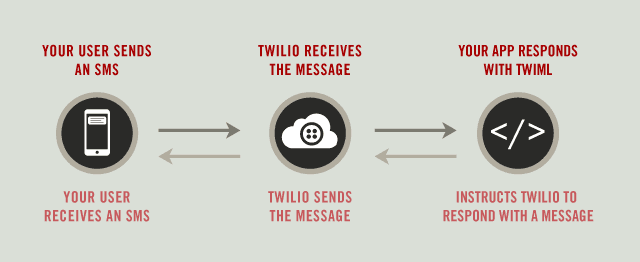Application
An Application, often shortened to 'app', is a program, or set of programs, that allows end-users to perform particular functions. For example, ecommerce companies provide applications to customers to facilitate purchases and service.
The terms 'software', 'program', and 'application' are often used together or interchangeably. While these terms are related, they are not the same thing.
A program is a set of instructions that tells a computer what to do. Programs are written in various programming languages, such as Python, PHP, Java, and many others.
Software refers to the programs used by a computer. The term is used to describe the functionality provided by a computer that is not a feature of the hardware. Software is usually though of as programs that can be installed on, or removed from, the computer. 'Firmware' is software that it integrated into the hardware. System software comprises programs that manage the computer and may run without user interaction.
An application is also a type of software and is sometimes called 'application software'. Like other software, an application is made of a program, or set of programs. What makes an application different is that it's designed to interact with the user of the computer. It helps the user perform certain broad tasks, such as preparing textual documents, or working with numerical data.
The term 'app' is more commonly used when referring to a mobile application — one intended to be used a smartphone or tablet. Application is used more often when describing desktop or laptop software. However, these terms can be used interchangeably. The common thread is they are designed to interact with a user.
A special type of Application is the 'web application'. This is an application that is stored on a remote server and accessed through a browser. While most web applications won't work without Internet access, others applications can work without an Internet connection because they rely on resources stored on the device that they are installed on.
A third type of application is the 'software-as-a-service (SaaS) application'. This any of the other kinds of Application, but crucially stores user data in the cloud. What sets SaaS applications apart is that many of them charge a subscription fee to use the application and its cloud environment. Well-known examples of SaaS applications include Salesforce.com, Google Docs, and Microsoft Office 365.
When businesses and developers want to add communications capabilities to their applications, they often turn to Twilio. Twilio provides Application Programming Interfaces (APIs) that software developers can use to add communications features like voice, video, chat, authentication, and messaging to their applications.
An API is a set of rules that lets programs talk to each other, exposing data and functionality across the Internet in a consistent format. With Twilio APIs, developers can grab the tools they need to give applications the power to exchange messages of any variety, with minimal development effort.

Using web languages they already know, developers use Twilio APIs to route communications to the right person (and even thing), over the preferred communication channel. This enables businesses to create communications experiences that were previously not possible and provide the right experiences for their customers faster.